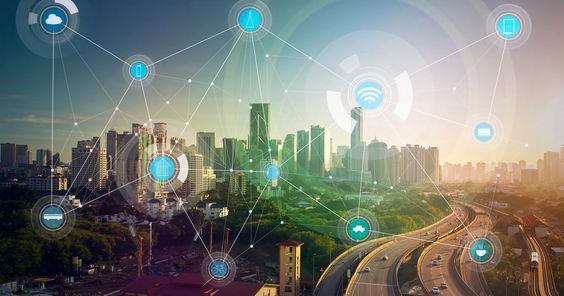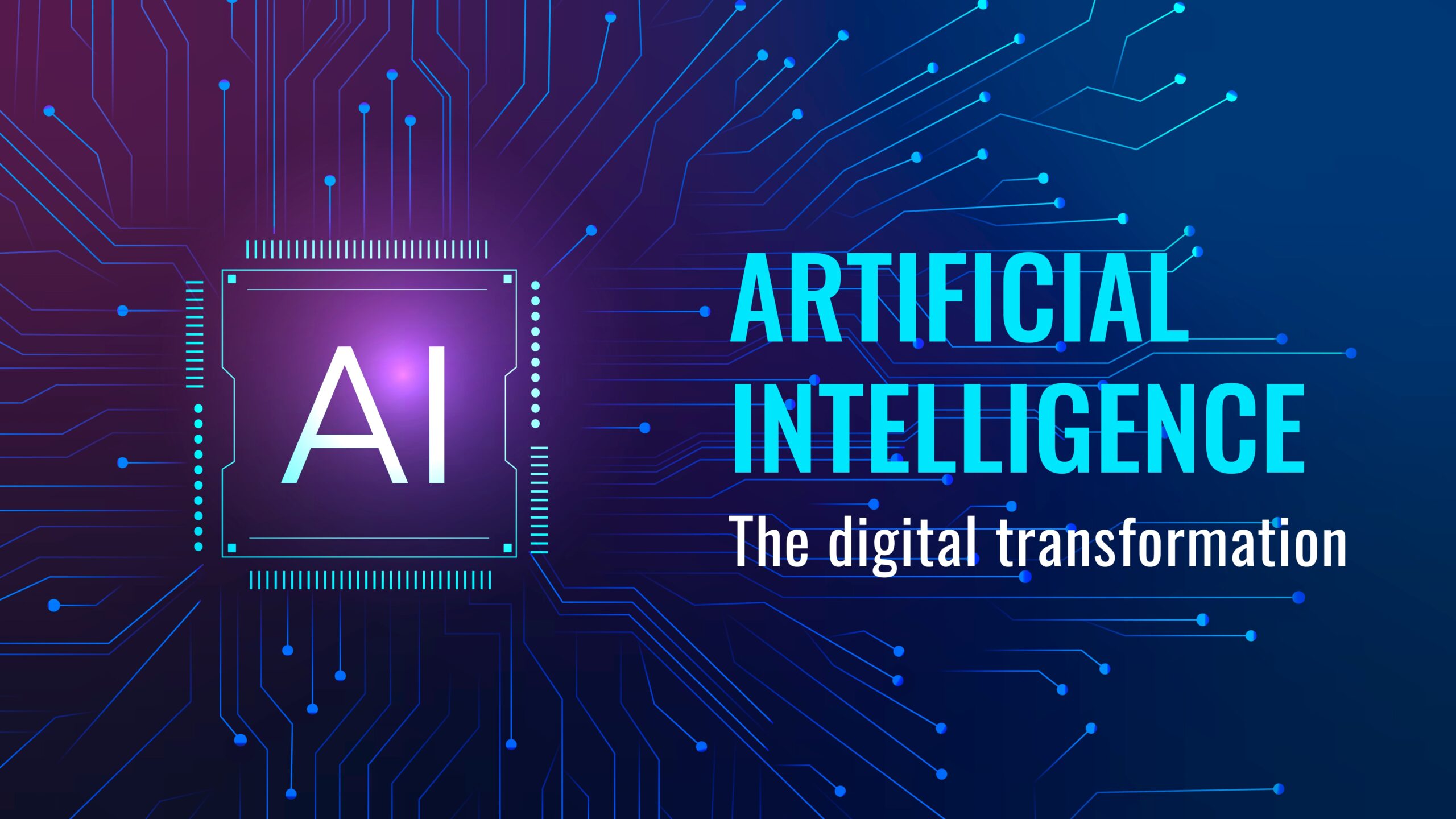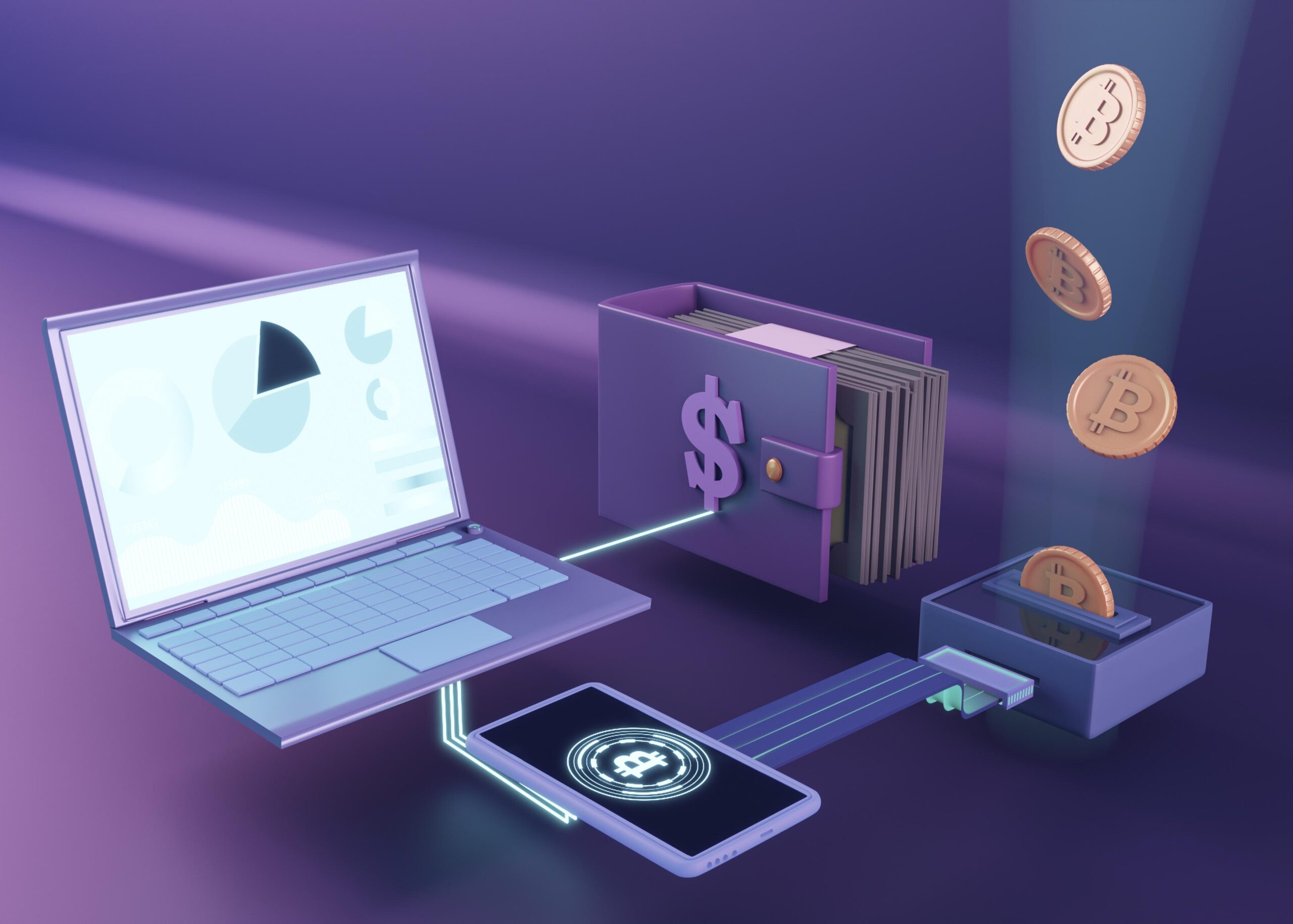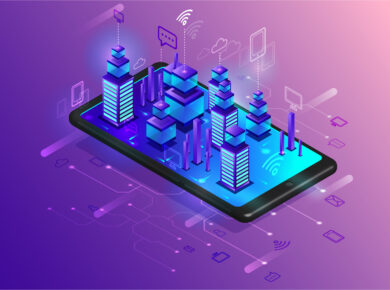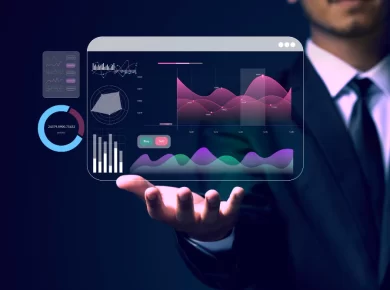What is the future of connectivity? There’s a dramatic acceleration currently underway. Network-connected device types are multiplying, bringing important implications for the ecosystem of wired and wireless technologies, products, and services—all providing a foundation for tomorrow’s digital economy.
5G is transforming connectivity. It can potentially change India’s socioeconomic fabric and transform society at large. Providing pan-India connectivity through Fixed Wireless Access (FWA) services could be a game changer, especially in rural areas. 5G is expected to spawn new avenues of economic growth through high-speed internet connectivity in households, improving fixed broadband penetration significantly. 5G has the potential to address some of the basic challenges owing to the lack of optimum infrastructure in sectors such as healthcare and education. 5G is likely to improve access to education and the quality of virtual learning.
There is no doubt that commercial deployment of 5G will necessitate major ecosystem changes in terms of spectrum usage, network infrastructure, and devices. It is therefore imperative for the government to price spectrum reasonably and rationalize taxes so that 5G services can be implemented seamlessly. It will not only have use cases unique to the country, such as driver-less vehicles, smart healthcare, smart agriculture, smart transportation, etc, but it would also revolutionize business landscapes and networks.
The transition to 5G will unlock new opportunities and revenue streams through innovative business models. It will bolster the start-up ecosystem and enable India to be an R&D hub for 5G technology and use cases. Developing 5G applications is likely to have a huge impact across industries.
New customers, increased revenue
Fundamentally, the main draw of 5G from an operator’s perspective is the potential to add a significant number of new subscribers, and as a result, greatly increase revenues. As interest grows amongst prospective customers and they begin to reach out and explore their options, customer care agents will need to be able to answer questions about coverage and serviceability which will require them to have access to accurate, real-time information.
The arrival of 5G brings numerous advantages, but it will also place mobile operators in the unknown territory from a planning perspective. To help them navigate this environment they need the right support. The right tools are also helpful for addressing the technology hurdles commonly associated with FWA planning processes, including 5G outdoor and indoor fixed terminal placement. Simultaneously, such tools are also key to unlocking advanced coverage and traffic analysis, combined multi-technology planning, site selection, and ‘what-if’ scenarios.
5G is undoubtedly a disruptive technology that will drive revenues and business growth in the years to come – to guarantee its success, operators will have to pay close attention to planning and optimization.
India is on track of becoming a trillion-dollar digital economy and the evolving digital metrics are creating inroads for newer technologies and solutions. As digital adoption continues to grow phenomenally, India is all set to experience 5G and mobile-led technologies in a big way by being one of the few countries in the world that are ready to commercially adopt and deploy the 5G ecosystem.
The future of connectivity
Human augmentation is about highly immersive experiences and enhanced human-computer interfaces allowing humans to become a part of the internet, not just users of it. We’re increasingly moving away from the two-dimensional screen to devices driven by augmented reality, virtual reality and many other innovations.
This technology will greatly impact how we perceive the world around us. We will be able to sense nearby pollution levels and know about safety risks in the workplace. Furthermore, it will allow people with the most serious mobility issues to walk unassisted.
Digital-physical fusion is a separate but related idea that means connecting physical assets with digital versions of themselves, a technology already beginning to emerge. Advanced factories and logistics sites currently run digital twins of their production lines, warehouses and vehicles to increase productivity and lower operating costs. By 2030, the technology will spread, not only to other sectors – making dangerous environments, such as mines, much safer – but across society. You or I could have a digital twin of ourselves; the recent discussion around the “metaverse” gives a pretty good indication of where we may end up.
Despite being more flexible, reliable and high-capacity than ever, today’s networks cannot provide the required level of service for these emerging technologies. As a result, the way networks are built and consumed will need to change significantly in the coming decade. Some requirements will be met naturally, as the technology cycle of telecom continues to turn and existing products and services are refined. Some needs will call for networks to adapt in three new and specific ways in the coming years.
